Home>Gardening & Outdoor>Plant Care & Gardening Tips>What Wildflower Looks Like Butterfly Bush Flowers
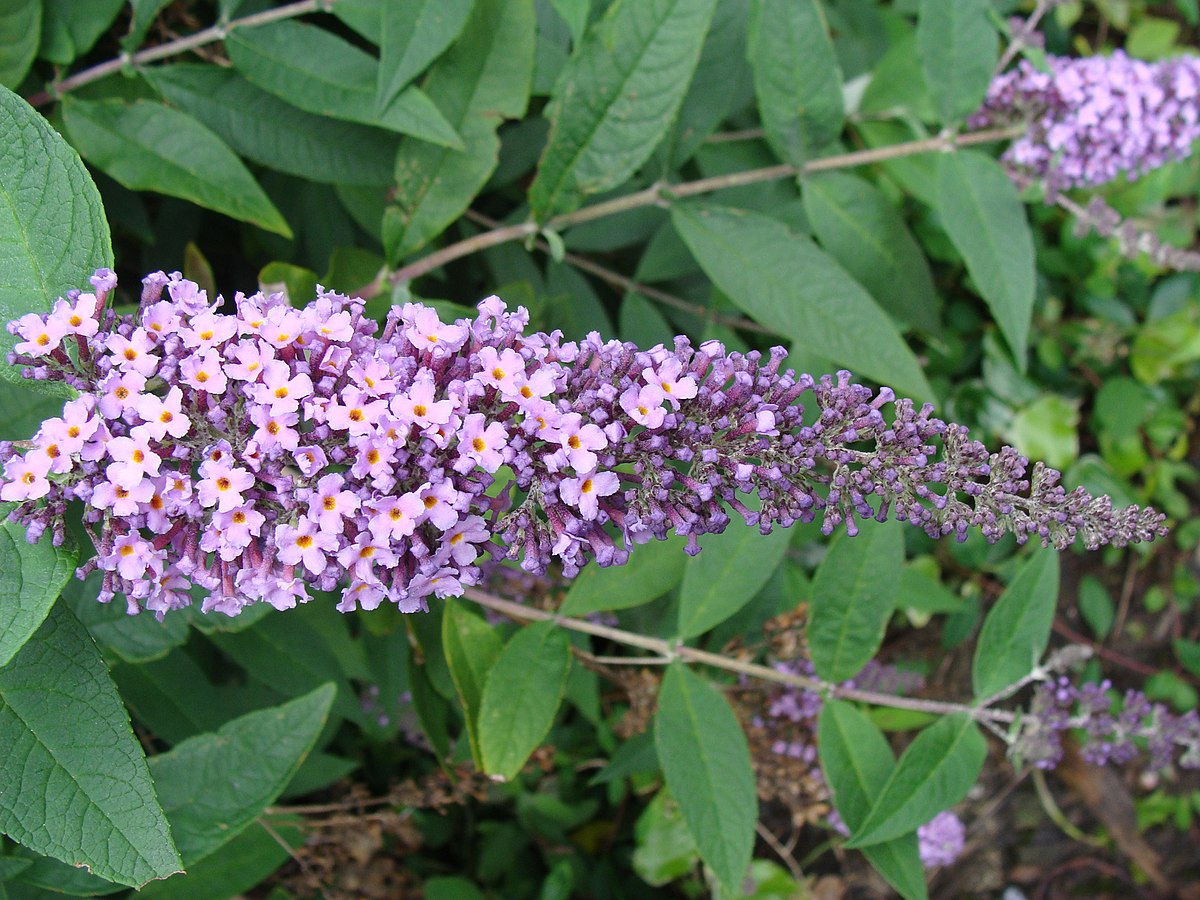

Plant Care & Gardening Tips
What Wildflower Looks Like Butterfly Bush Flowers
Modified: January 6, 2024
Discover plant care and gardening tips for wildflowers that resemble butterfly bush flowers. Learn how to cultivate and maintain these beautiful blooms in your garden.
(Many of the links in this article redirect to a specific reviewed product. Your purchase of these products through affiliate links helps to generate commission for Storables.com, at no extra cost. Learn more)
Introduction
When it comes to creating a vibrant and welcoming garden, the allure of butterfly bush flowers is simply irresistible. These delightful blossoms not only add a pop of color to your outdoor space but also have the remarkable ability to attract beautiful butterflies, making your garden a haven for these enchanting creatures. In this comprehensive guide, we will delve into the captivating world of butterfly bush flowers, exploring their characteristics, cultivation, and their role in creating a butterfly-friendly environment.
The butterfly bush, scientifically known as Buddleja davidii, is a deciduous shrub native to China and has become a favorite among gardeners for its stunning and fragrant flowers. These flowers, which resemble elongated cones, are a magnet for various butterfly species, hence the plant's common name. The visual spectacle of butterflies flitting from one blossom to another is a sight to behold and adds a touch of magic to any garden.
As we journey through this guide, we will unravel the unique characteristics of butterfly bush flowers, compare them with other wildflowers, and discover how to cultivate and care for these enchanting plants. Furthermore, we will explore the art of attracting butterflies to your garden using these blossoms, creating a harmonious and thriving ecosystem. So, let's embark on this delightful exploration of butterfly bush flowers and unlock the secrets to cultivating a mesmerizing garden teeming with life and color.
Key Takeaways:
- Butterfly bush flowers are a vibrant and fragrant addition to any garden, attracting butterflies with their nectar-rich blooms and creating a captivating visual display from mid-summer to early autumn.
- Cultivating a garden with butterfly bush flowers not only adds beauty but also fosters a thriving habitat for butterflies, creating a harmonious ecosystem that celebrates the delicate balance of nature.
Characteristics of Butterfly Bush Flowers
Butterfly bush flowers are renowned for their exquisite beauty and alluring characteristics, making them a cherished addition to any garden. These blossoms boast a unique blend of features that set them apart from other wildflowers, captivating the senses and drawing in a myriad of fluttering visitors. Let’s delve into the captivating characteristics of butterfly bush flowers:
- Vibrant Hues: Butterfly bush flowers are available in a stunning array of colors, including shades of purple, pink, white, and magenta. Their vibrant hues create a captivating visual display that adds a touch of elegance and charm to any outdoor space.
- Fragrant Aroma: One of the most enchanting qualities of butterfly bush flowers is their delightful fragrance. The sweet, honey-like scent wafting from the blossoms entices not only butterflies but also humans, creating an enchanting sensory experience.
- Long Blooming Period: These flowers exhibit a prolonged blooming period, often from mid-summer to early autumn, ensuring a continuous spectacle of color and life in the garden. Their extended bloom time makes them a valuable addition to any landscape.
- Nectar-Rich: Butterfly bush flowers are abundant sources of nectar, attracting a diverse range of pollinators, particularly butterflies. Their nectar-rich blooms serve as vital nourishment for these graceful insects, supporting their well-being and contributing to the ecological balance of the garden.
- Tubular Shape: The unique tubular shape of butterfly bush flowers is tailored to accommodate the feeding mechanisms of butterflies, allowing them to access the nectar with ease. This specialized form enhances the plant’s appeal to its winged visitors.
These captivating characteristics collectively contribute to the allure of butterfly bush flowers, making them a beloved choice for gardeners seeking to cultivate a vibrant and butterfly-friendly outdoor sanctuary. The visual splendor, enticing fragrance, and ecological significance of these blossoms make them an indispensable asset to any garden landscape.
Comparison with Other Wildflowers
When considering the inclusion of butterfly bush flowers in your garden, it’s valuable to compare them with other wildflowers to appreciate their unique attributes and understand how they stand out amidst the diverse array of floral options. Let’s explore the distinctive qualities that set butterfly bush flowers apart from other wildflowers:
- Butterfly Attraction: Unlike many other wildflowers, butterfly bush flowers are specifically renowned for their exceptional ability to attract butterflies. While various wildflowers may entice pollinators, the targeted allure of butterflies to the nectar-rich blossoms of the butterfly bush sets it apart as a top choice for creating a butterfly-friendly environment.
- Blooming Period: Butterfly bush flowers exhibit a prolonged blooming period, often spanning from mid-summer to early autumn. This extended display of color surpasses the bloom duration of many other wildflowers, ensuring a sustained visual spectacle in the garden.
- Fragrance: The enchanting fragrance of butterfly bush flowers distinguishes them from numerous other wildflowers. While some wildflowers may be visually striking, the sweet, honey-like scent of the butterfly bush blossoms adds an extra dimension of allure, creating an irresistible sensory experience.
- Color Variety: Butterfly bush flowers offer a diverse range of colors, including shades of purple, pink, white, and magenta. This broad spectrum of hues provides gardeners with ample options for creating visually captivating and harmonious floral arrangements.
- Ecological Significance: While all wildflowers contribute to the ecological balance of the garden, the nectar-rich blooms of the butterfly bush play a crucial role in supporting the well-being of butterflies and other pollinators. This ecological significance underscores the unique impact of butterfly bush flowers on the garden ecosystem.
By considering these distinctive features, it becomes evident that butterfly bush flowers offer a compelling blend of aesthetic appeal, ecological value, and butterfly attraction that sets them apart from many other wildflowers. Their ability to create a harmonious haven for butterflies while enchanting the senses makes them a standout choice for gardeners seeking to cultivate a thriving and captivating outdoor space.
The wildflower that looks like butterfly bush flowers is the butterfly weed (Asclepias tuberosa). It has bright orange or yellow flowers and attracts butterflies with its nectar.
Attracting Butterflies with Butterfly Bush Flowers
Creating a butterfly-friendly environment in your garden is a delightful endeavor that not only enhances the visual appeal of your outdoor space but also contributes to the well-being of these graceful insects. Butterfly bush flowers play a pivotal role in attracting and nurturing butterflies, making them a cherished asset for any butterfly enthusiast. Let’s explore the art of attracting butterflies with butterfly bush flowers:
Butterflies are drawn to gardens that offer an abundant supply of nectar, which serves as their primary food source. The nectar-rich blossoms of the butterfly bush provide an irresistible banquet for these winged visitors, making them an essential feature for attracting butterflies to your garden. By strategically planting butterfly bush flowers, you can create a captivating oasis that entices a diverse array of butterfly species, adding vibrancy and life to your outdoor sanctuary.
When selecting a location for your butterfly bush, opt for a sunny spot with well-drained soil to ensure optimal growth and blooming. The presence of ample sunlight is crucial for attracting butterflies, as it provides the warmth and energy they need for flight and foraging. Additionally, incorporating a variety of nectar-rich plants alongside the butterfly bush can further enrich the butterfly-friendly habitat, offering a diverse menu of floral delights for these enchanting insects.
It’s important to cultivate a garden environment that caters to the complete life cycle of butterflies, from egg-laying to caterpillar feeding and the eventual emergence of adult butterflies. By providing host plants for butterfly larvae and creating sheltered areas for egg-laying, you can establish a nurturing habitat that supports the entire butterfly life cycle, ensuring a sustainable population of these ethereal creatures in your garden.
As butterflies flutter amidst the blossoms of the butterfly bush, their graceful presence adds a sense of enchantment and tranquility to the garden, creating a captivating spectacle that delights both young and old. The harmonious coexistence of butterflies and butterfly bush flowers fosters a thriving ecosystem, where the delicate beauty of these insects is celebrated amidst a tapestry of vibrant blooms.
In essence, the allure of butterfly bush flowers extends beyond their visual and olfactory charm, encompassing their profound role in fostering a butterfly-friendly habitat. By cultivating a garden adorned with these enchanting blossoms, you can create a haven that beckons butterflies, fostering a symbiotic relationship that enriches the natural tapestry of your outdoor haven.
Cultivation and Care of Butterfly Bush Flowers
Cultivating and caring for butterfly bush flowers is a rewarding endeavor that allows you to nurture these enchanting blossoms and create a flourishing habitat for butterflies. Whether you are a seasoned gardener or a novice enthusiast, understanding the essential practices for growing and maintaining butterfly bush flowers is key to ensuring their vitality and longevity. Let’s delve into the cultivation and care of these captivating plants:
Location and Soil: When selecting a location for your butterfly bush, prioritize a spot that receives ample sunlight, as this is essential for robust growth and prolific blooming. Additionally, ensure that the soil is well-drained to prevent waterlogging, which can compromise the plant’s health. Butterfly bush flowers thrive in moderately fertile soil and benefit from the incorporation of organic matter to enhance soil quality.
Planting: Spring is an ideal time to plant butterfly bush flowers, allowing them to establish their root systems and acclimate to their new environment before the onset of summer. When planting, ensure that the root ball is level with the soil surface and provide adequate spacing between individual plants to facilitate air circulation and prevent overcrowding.
Watering: While butterfly bush flowers are relatively drought-tolerant once established, consistent watering is crucial during the initial stages of growth and during periods of prolonged dryness. Deep, infrequent watering is preferable to frequent shallow watering, as it encourages the development of deep root systems and enhances the plant’s resilience to drought conditions.
Pruning: Regular pruning is essential for maintaining the health and vigor of butterfly bush flowers. Prune the plants in late winter or early spring to remove dead or damaged wood and promote new growth. Additionally, deadheading spent blooms throughout the blooming season encourages continuous flowering and prevents the plant from expending energy on seed production.
Fertilization: While butterfly bush flowers are not heavy feeders, applying a balanced, slow-release fertilizer in early spring can provide the necessary nutrients for robust growth and prolific blooming. However, avoid excessive fertilization, as this can lead to an abundance of foliage at the expense of flower production.
Pest and Disease Management: Keep an eye out for common pests such as aphids and spider mites, which may occasionally affect butterfly bush flowers. Regularly inspect the plants for signs of infestation and employ appropriate pest control measures if necessary. Additionally, ensure good air circulation around the plants to mitigate the risk of fungal diseases.
By adhering to these fundamental practices and providing attentive care, you can cultivate thriving butterfly bush flowers that adorn your garden with their resplendent blooms and serve as a beacon for butterflies. Embracing the art of cultivation and nurturing these enchanting plants fosters a harmonious and vibrant garden environment, where the delicate beauty of butterfly bush flowers flourishes alongside their graceful visitors.
Read more: When To Plant Butterfly Bush Seeds
Conclusion
Embarking on a journey into the captivating realm of butterfly bush flowers unveils a tapestry of beauty, ecological significance, and enchanting allure. These blossoms, with their vibrant hues, fragrant blooms, and remarkable ability to attract butterflies, hold a cherished place in the hearts of gardeners and nature enthusiasts alike. As we conclude our exploration, it becomes evident that butterfly bush flowers are not merely ornamental additions to the garden but vital contributors to the flourishing ecosystem of the outdoor sanctuary.
The unique characteristics of butterfly bush flowers, from their prolonged blooming period to their nectar-rich allure, set them apart as a standout choice for creating a butterfly-friendly habitat. Their capacity to entice and nurture butterflies elevates them to a position of distinction, where they serve as ambassadors of natural beauty and ecological harmony in the garden landscape.
Furthermore, the cultivation and care of butterfly bush flowers encompass a nurturing journey that allows gardeners to foster these enchanting plants, creating a thriving haven that beckons butterflies and celebrates the delicate splendor of nature. From strategic planting to attentive pruning and pest management, the art of tending to butterfly bush flowers enriches the gardening experience and fosters a deeper connection with the natural world.
As these resplendent blossoms grace the garden with their presence, they weave a tale of symbiosis and enchantment, where the delicate dance of butterflies amidst the butterfly bush flowers paints a portrait of tranquility and vitality. The harmonious coexistence of these ethereal creatures and their floral haven epitomizes the art of creating a thriving ecosystem that celebrates the intricate balance of nature.
In essence, the allure of butterfly bush flowers transcends their visual and olfactory charm, encompassing their profound role in fostering a butterfly-friendly habitat. By cultivating a garden adorned with these enchanting blossoms, you can create a haven that beckons butterflies, fostering a symbiotic relationship that enriches the natural tapestry of your outdoor sanctuary.
As we part ways, let the enchanting world of butterfly bush flowers inspire you to cultivate a garden that teems with life, color, and the delicate grace of butterflies. May your outdoor sanctuary become a haven where the vibrant blooms of butterfly bush flowers and the gentle flutter of butterflies intertwine, creating a symphony of natural wonder that captivates the heart and soul.
Frequently Asked Questions about What Wildflower Looks Like Butterfly Bush Flowers
Was this page helpful?
At Storables.com, we guarantee accurate and reliable information. Our content, validated by Expert Board Contributors, is crafted following stringent Editorial Policies. We're committed to providing you with well-researched, expert-backed insights for all your informational needs.
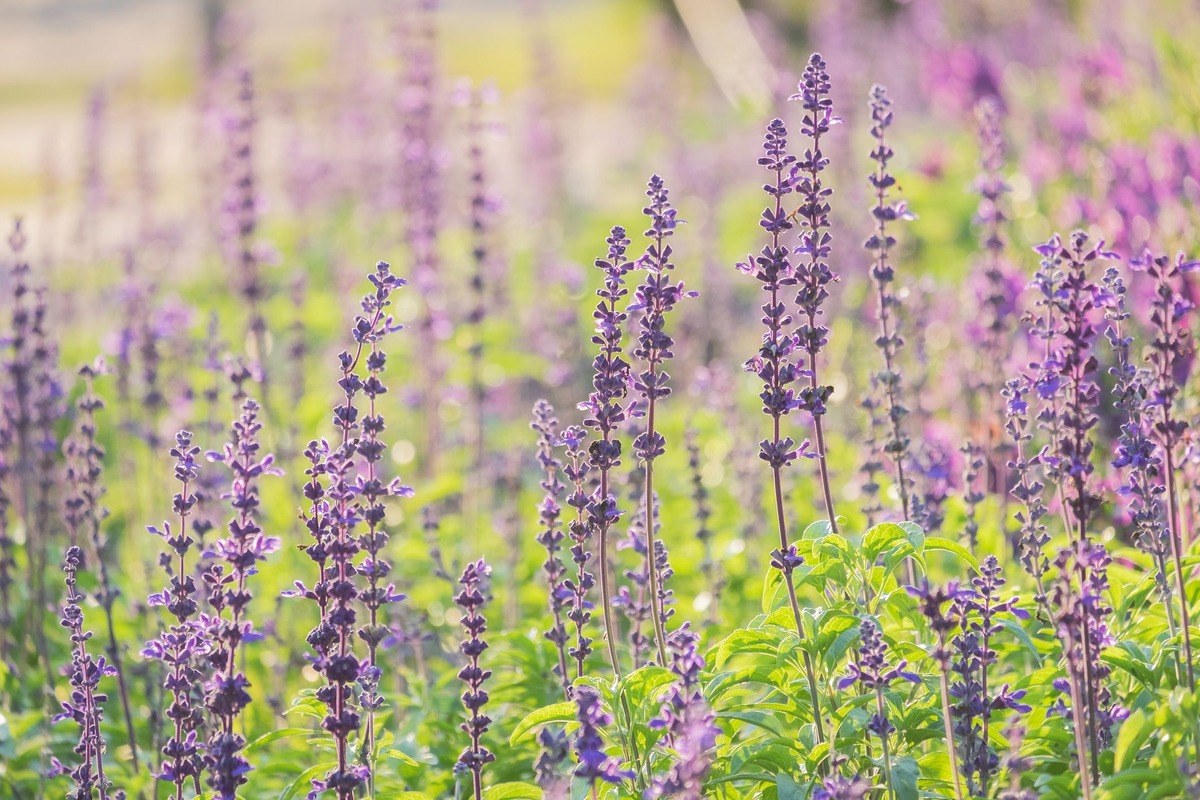
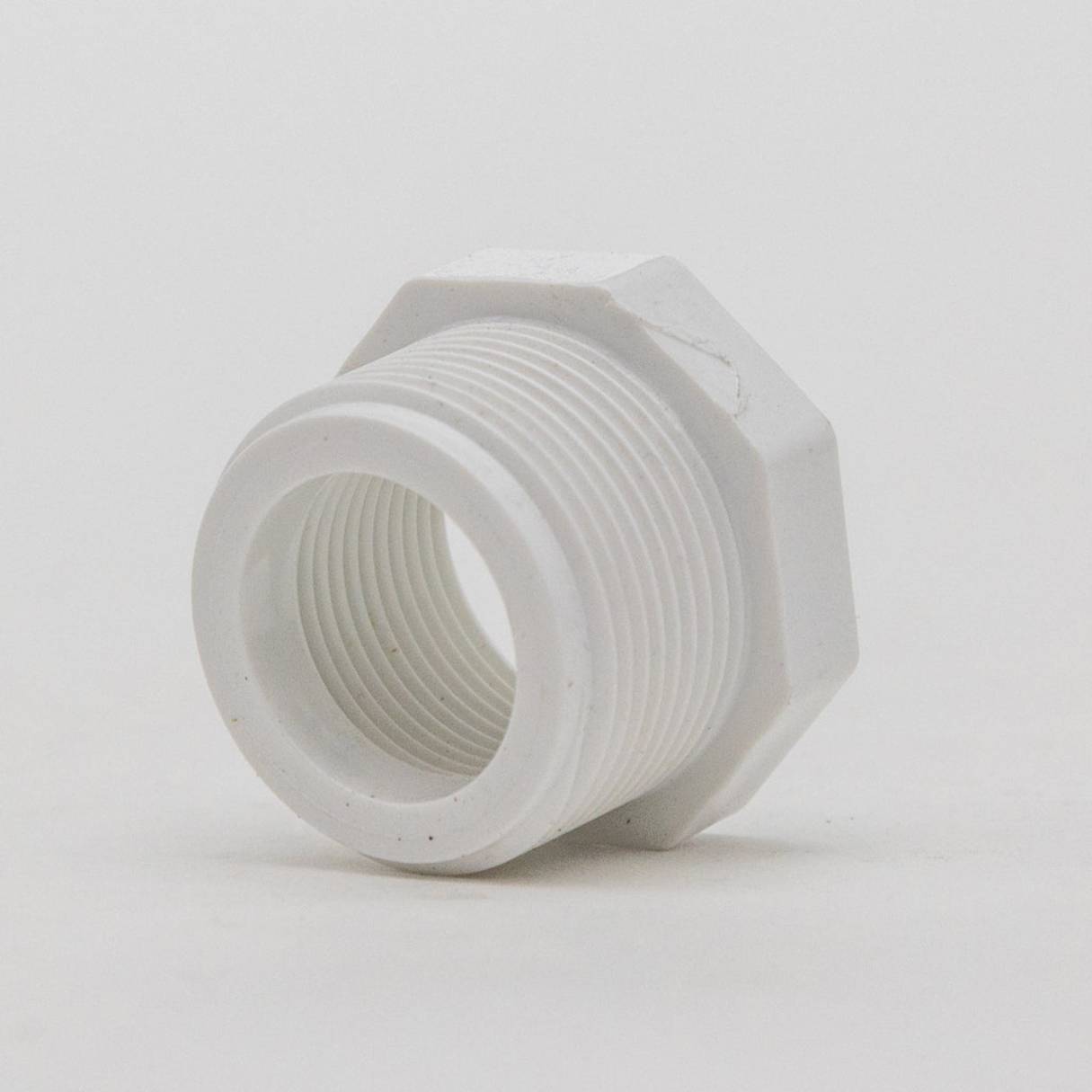
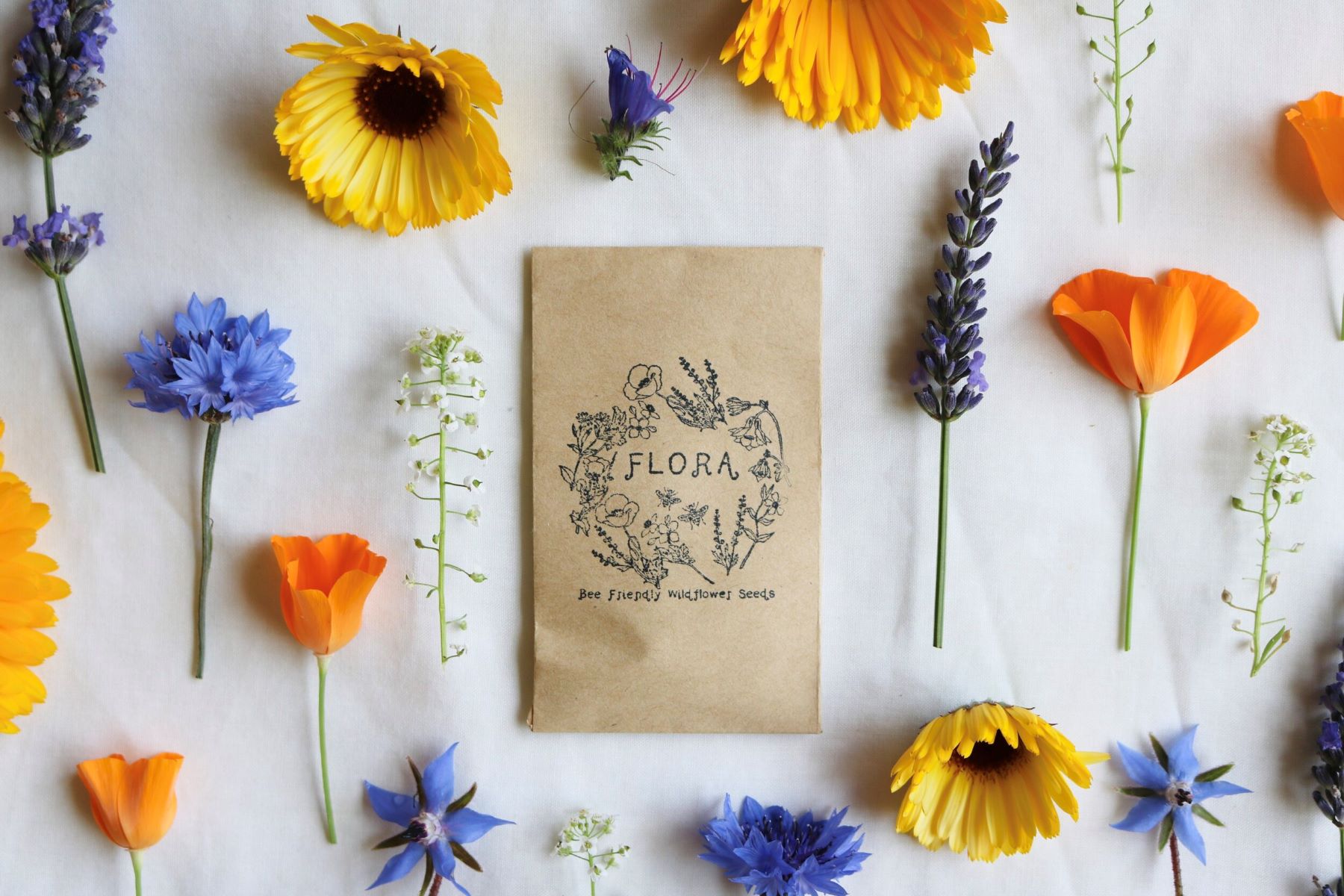
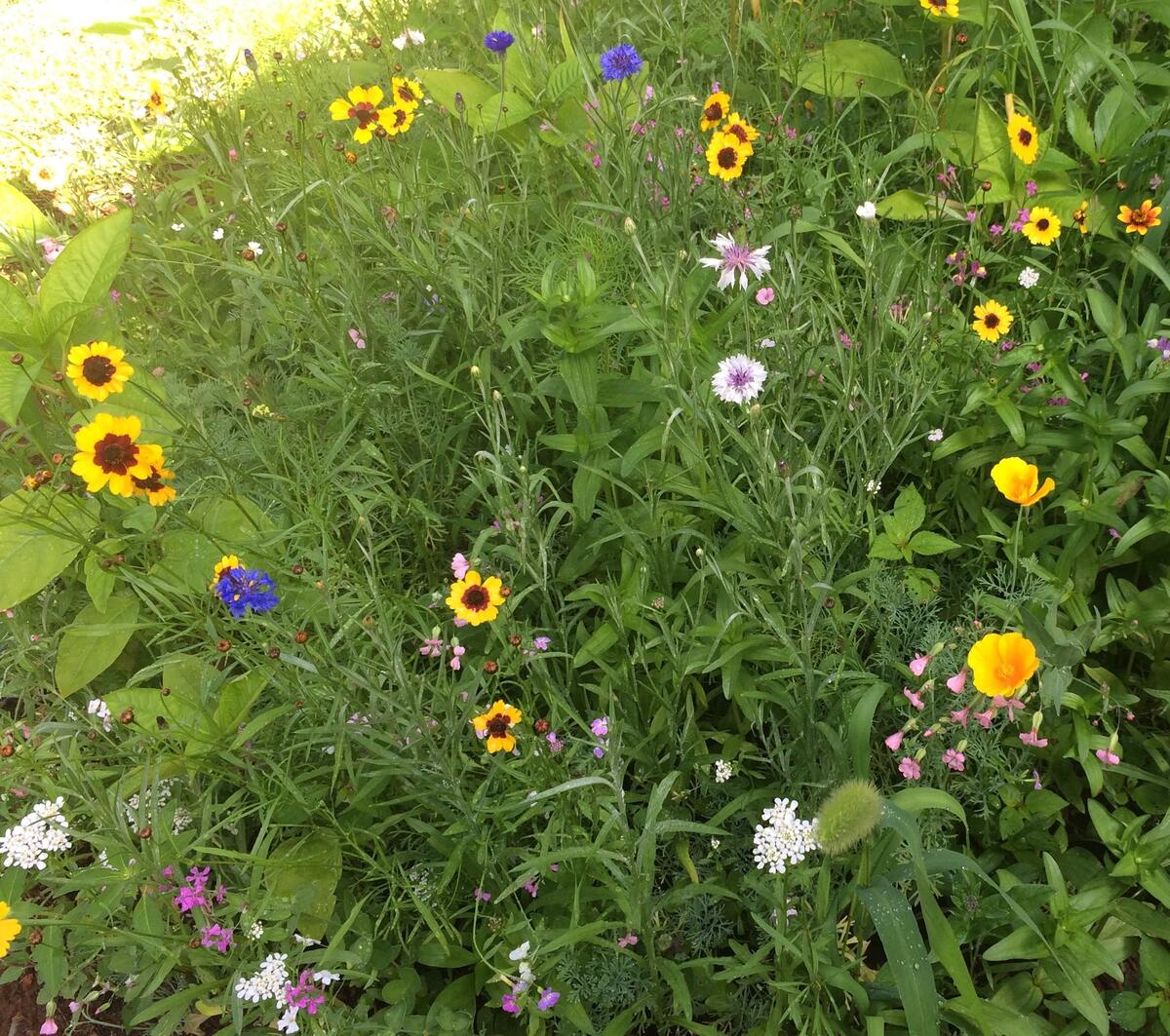
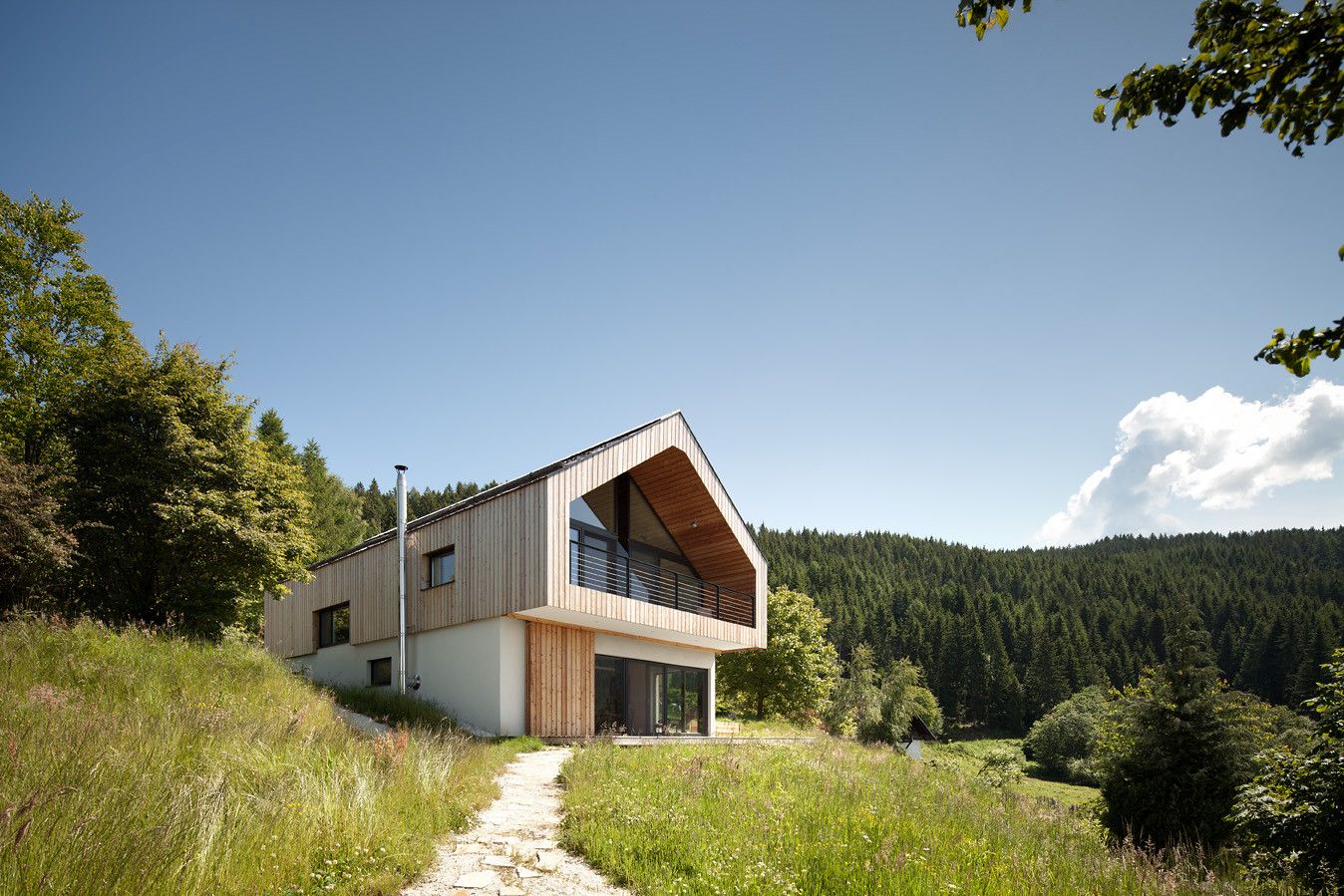
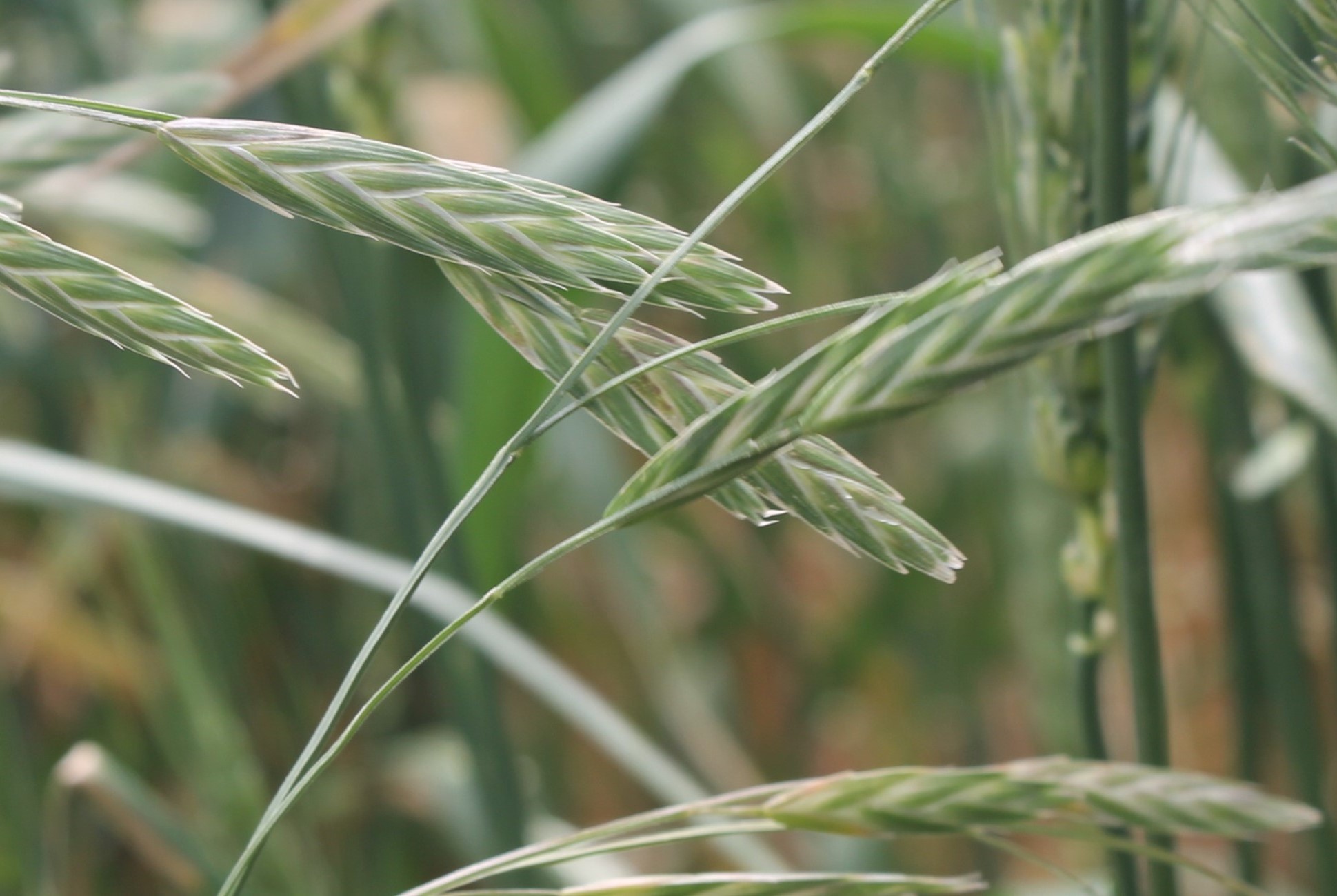

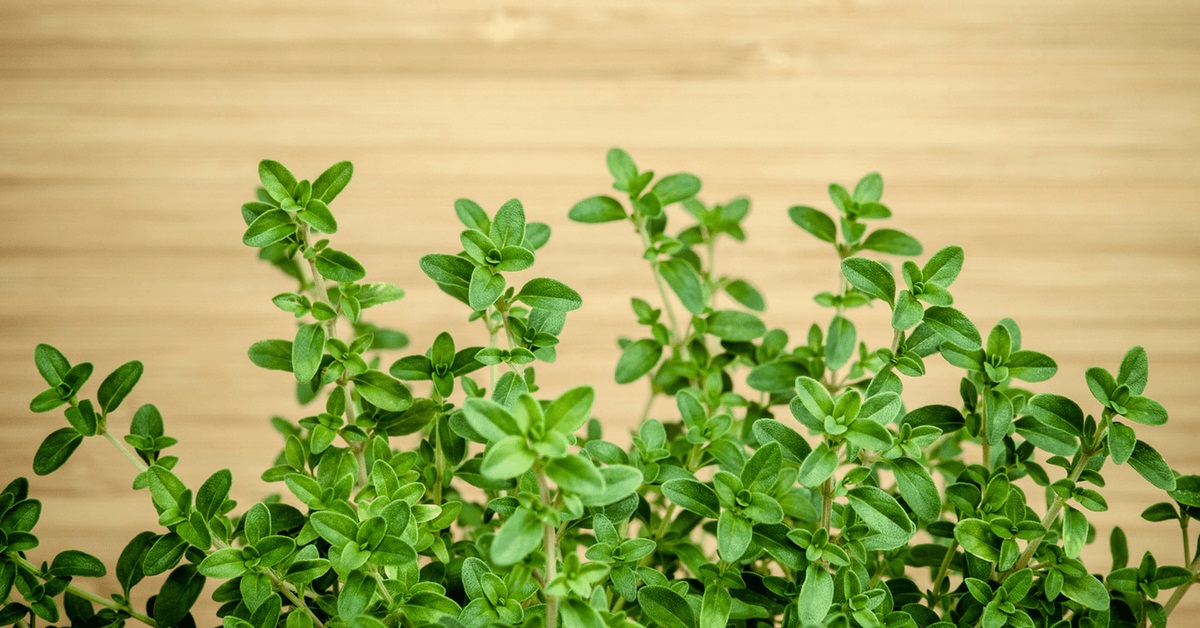
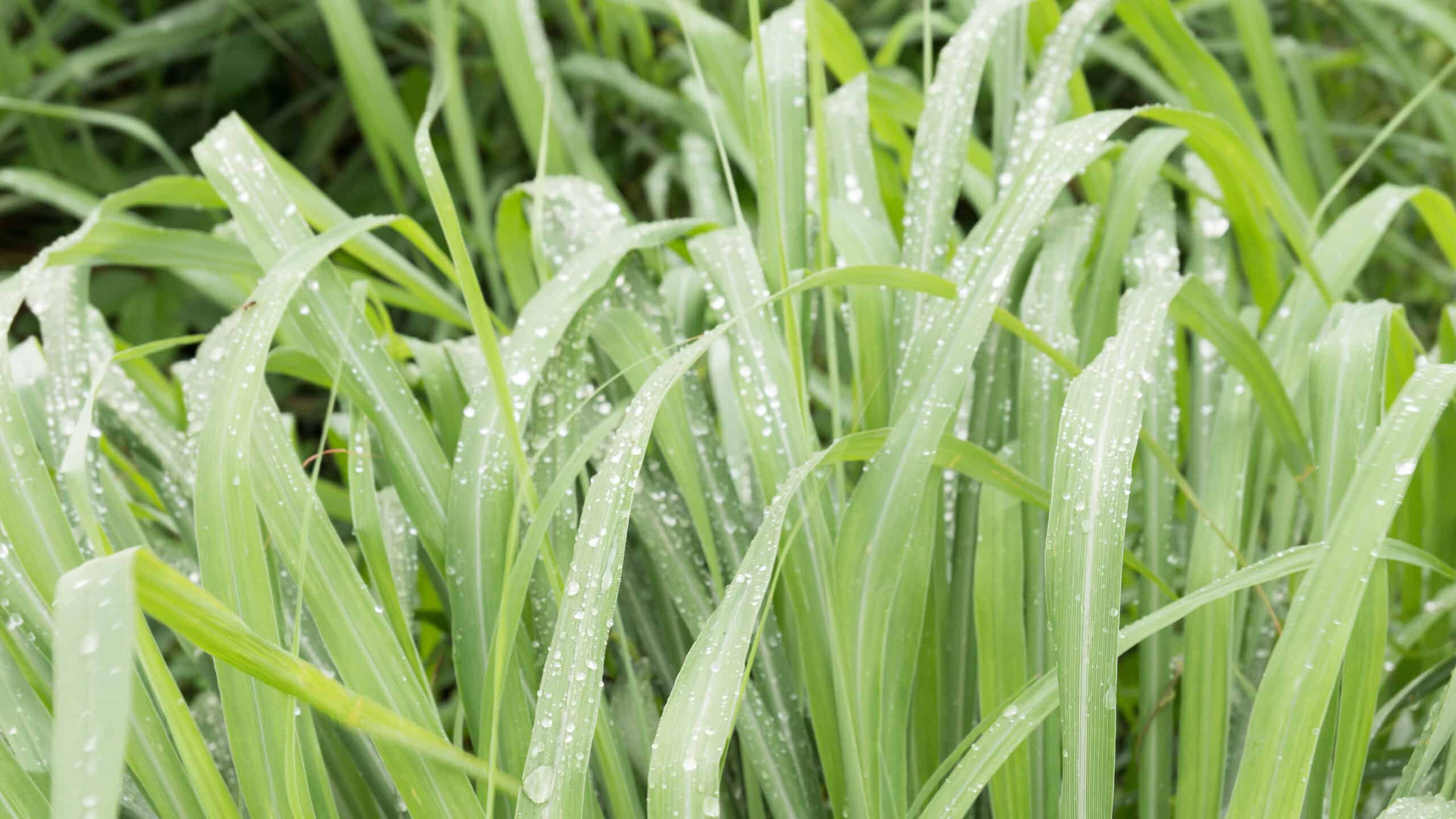
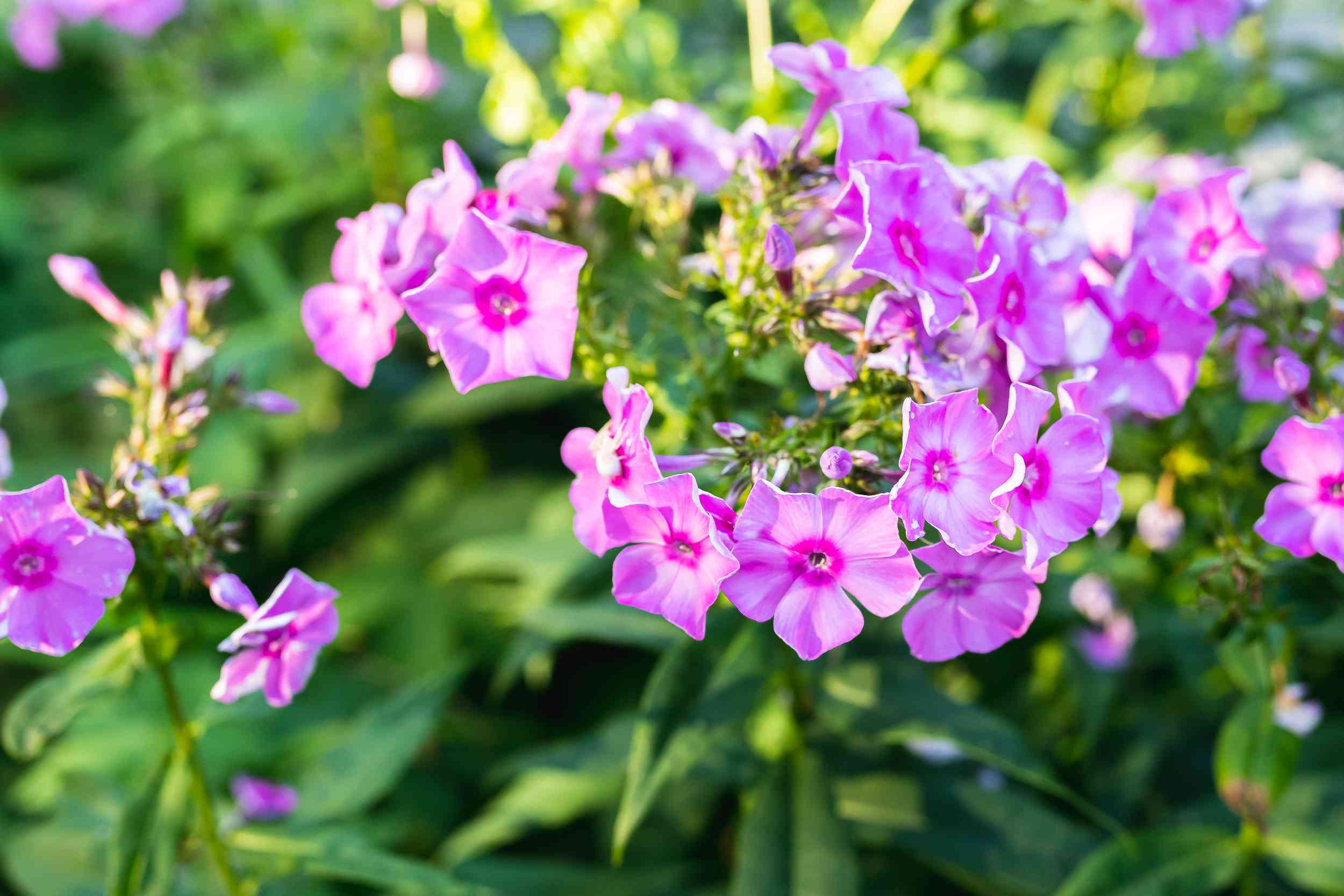

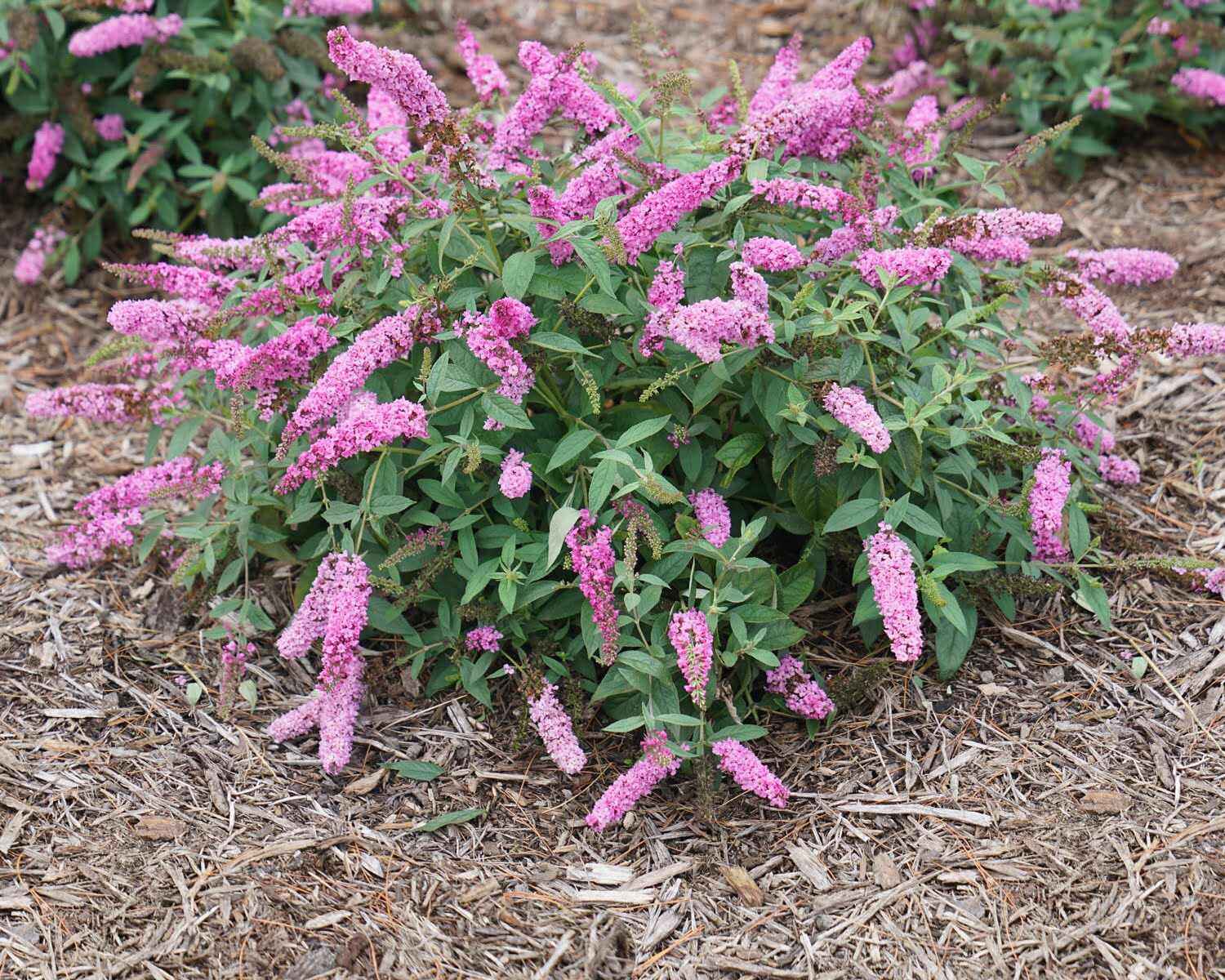
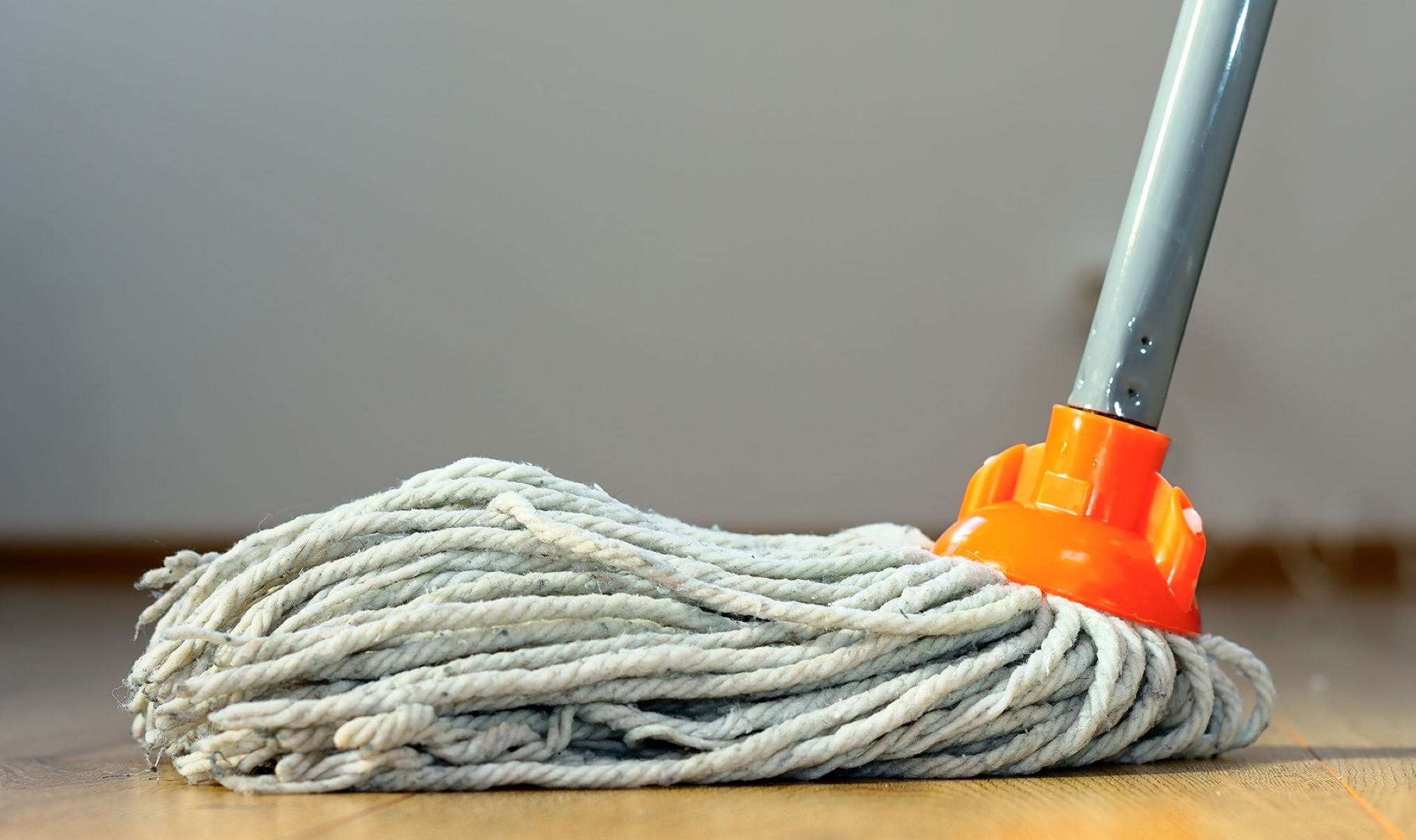


0 thoughts on “What Wildflower Looks Like Butterfly Bush Flowers”